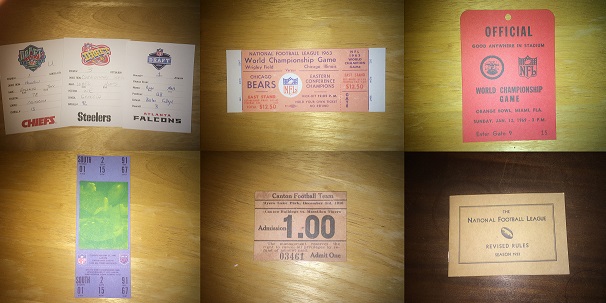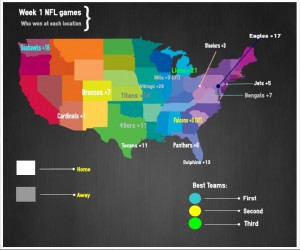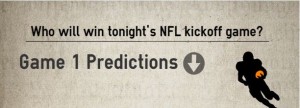NFL procedural and protective gear changes throughout history
These are draft cards, tickets, and rule books from past NFL seasons. Tickets were once only a dollar and the rule book was only 30 pages.
December 11, 2014
When the Allegheny Athletic Association fielded the first professional football team in 1896, touchdowns were worth four points, field goals worth five, the helmets were leather, and shoulder pads were not even a thought, much less protocol.
What was originally called the American Professional Football Association changed it’s name to the National Football League in 1922, and the billion dollar industry we know today was born.
Since that time, the game changed massively. The central reason for all this change, is safety. Efforts to make the game safer range from high-tech helmets to penalties and rule changes. Safety is the top priority in the league today, but it was not always.
Initially, when players started wearing shoulder pads, they were laughed at, and appeared “soft” to their peers. It was not until the 1950’s when players realized that shoulder pads were a necessity if they wanted a long, healthy career, but even then, they were just pieces of leather strapped together.
Eventually, they evolved into foam and plastic, but those were far too hot and heavy as players became quickly dehydrated and fatigued. Recently, new fibers were developed which made pads cooler and lighter.

An exploration of the major changes throughout the NFL’s rich history.
The original helmet was made of leather and designed specifically to protect the ears. Full skull helmets were introduced in 1915, but were still made of leather material. Plastic was put into use in 1939, along with a single face bar for added protection of the mouth and nose. The helmet is constantly undergoing changes to protect players’ brains and avoid concussions.
The latest technology comes from Riddell, as they revealed the SpeedFlex in August. This helmet flexes to absorb impact and adds an “InSite Impact Response System” to monitor the impact a hit can have on one’s head. Some of the more notable players to wear this model include Broncos wide receiver Wes Welker, Bengals running back Jeremy Hill, and Colts tight end Coby Fleener.
In 2008, Steelers receiver Hines Ward hit Bengals linebacker Keith Rivers from his blindside, breaking his jaw. This resulted in multiple drastic rule changes, which were introduced in the summer of 2009:
- The initial force of a blindside block can’t be delivered by a helmet, forearm or shoulder to an opponent’s head or neck. An illegal blindside block will bring a 15-yard penalty.
- Initial contact to the head of a defenseless receiver also will draw a 15-yard penalty.
- On kickoffs, no blocking wedge of more than two players will be allowed. A 15-yard penalty will go to a violating team.
- Also on kickoffs, the kicking team can’t have more than five players bunched together pursuing an onside kick. Breaking this rule would draw a 5-yard penalty.
Another rule change came in the summer of 2011, outlawing two-a-days and limiting padded practices. However, this resulted in the oppositely desired effect, as injuries have risen at a 19.8% clip since then. These protocols do not allow players to get acclimated to the grind of the regular season, resulting in more injuries.
Safety and equipment is not the only transformation the NFL is currently undergoing. The style of play changes as well. For example, the typical NFL quarterback used to be a guy who could sit in the pocket and sling the ball downfield. Now, we are beginning to witness mobile quarterbacks who can get outside the pocket and run, as well as execute the read option. Panthers quarterback Cam Newton, Redskins quarterback Robert Griffin III, Seahawks QB Russell Wilson and 49ers signal-caller Colin Kaepernick highlight today’s dual-threat playmakers. Fast quarterbacks result in fast offenses, as no-huddle and fast-paced offenses are storming the league. Originated in 1988 by Sam Wyche’s Bengals, the hurry-up offense lead Cincinnati to the Super Bowl, and continues to evolve. It is a common strategy in the NFL today, even for teams with slower QBs. Eagles coach Chip Kelly brought his hurry-up offense to the NFL from Oregon. He leads the fastest team in the league, running a play every 22.8 seconds, on pace to break the NFL record.
The NFL constantly transforms; in fact, it thrives off these changes. People cannot look away for too long because something new always grabs the headlines. From safety to style of play, the NFL remains an ever-changing league.










